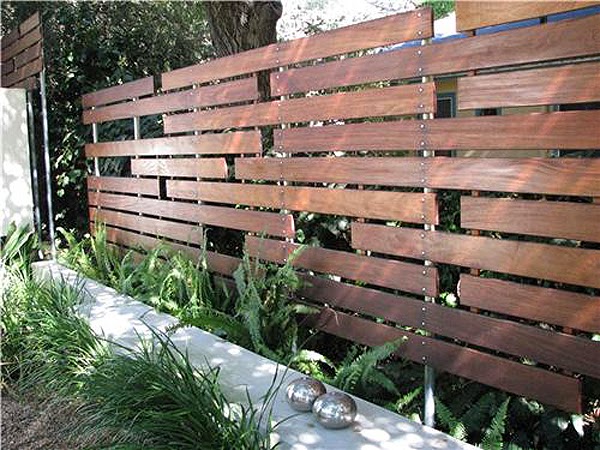Terrariums are a great way to capture some greenery in the home without the mess of a pot plant, and are a really low maintenance way of keeping a 'garden'. My girlfriend and I got together for a craft date yesterday and got our hands (sorta) dirty making some terrariums.
To Make a Terrarium You will Need:
- A container or vessel to hold your plant
- Gloves (potting mix and charcoal are a bit yuck)
- Potting Mix (see tips below for more info)
- Activated Charcoal
- Gravel
- Sphagnum Moss
- Plants of your choosing (and some decretive statues if you like)
Tips, Tricks and To-Do's (and don'ts)
Selecting Your Terrarium
To make a terrarium you need a container. You can plant your terrarium in virtually any container you like (google terrariums for inspiration), however you will have to keep your plant choice in mind when selecting your vessel. If you choose something with little ventilation, like my laboratory bottle above, you will need plants that are tolerant of high humidity such as ferns and mosses.
Plant Selection
If you would like to grow cacti and succulent you will need a vessel with a greater air flow, cause cacti live in dry arid places, not in wet humid forests. If you do want to do cacti and succulents in a closed vessel, you can do what my friend did and use one with a opening 'door' so you can open your closed space and give you plants room to breathe.
Layer One
Before you start planting your terrarium its a good idea to give the inside a good wash (can't be doing this once your plants are in). For the base layer (Image 1) of our terrariums we put in equal amounts of activated charcoal and gravel. As there are no drainage holes in a terrarium, this acts as a 'reserve' for the water and prevents the plants from staying too wet. The amount you use will be determined by the size of your vessel. For this example above layer one was around three centimetres deep.
Layer Two
The next bit involves creating a layer of protective and absorbent sphagnum moss, to form a barrier between the gravel and the soil to ensure drainage levels remain optimal (Image 2). Insert a dense layer of sphagnum moss on top of your gravel and press it down (I used a metal skewer for this hard-to-reach into bottle) to ensure that the soil won't mix into the gravel underneath.
Layer Three
The final layer of your terrarium (Image 3) is soil. Choose one suited to your plant. Mine was a relatively dense mix to keep the humidity high and my fern and moss happy (think forest floor soil), where a succulent may prefer a sandy soil medium (ask the folk at your local garden centre when you purchase plants if you are unsure).
Layer Four
Finally the fun part (Image 4), planting your terrarium! To place plants in a bottle I used a long handled set of tweezers, but you will tailor your planting to suit your vessel (I have seen a video on large bottle terrariums where the maker has used coat hanger wire to make a planting implement). I really enjoyed planting my fern and arranging the moss around it, so much so that I went on to make another succulent terrarium and a mini 'mug-o-terrarium' (which looks pretty funny at the moment but will look good when my succulent grows a little larger).
Placement and Care
Glass magnifies the suns rays (think mean boys burning ants with magnifying glasses), so be sure to take this into account when placing your terrarium. They prefer indirect light to sunlight or darkness, and a nice comfortable consistent temperature. So a coffee table out or bench out of the sun is a great location. You will need to keep an eye on your plant for watering times (check the care ticket that comes with your plant on purchase for guidelines) but you can generally see when its time to water. A mossy/ferny terrarium should always maintain a bit of moisture and humidity, while a succulent/cacti terrarium will remain quite dry. It is easier to visually tell when a humid terrarium is dry due to an absence of dew droplets, but a cacti/succulent isn't as easy to tell so a general rule is a one a month water (again depending on what your care tag indicates).































